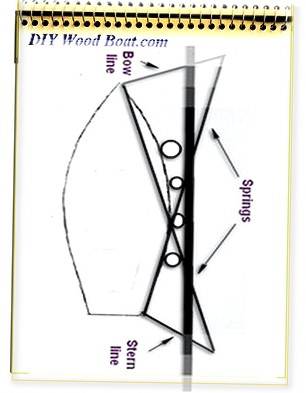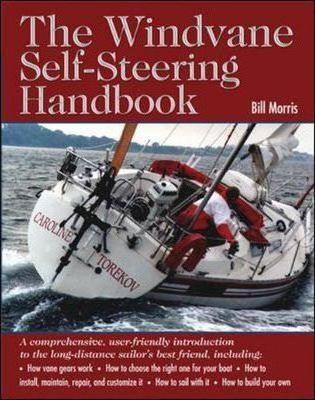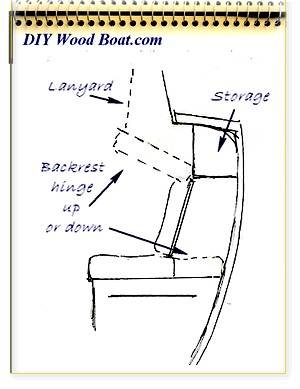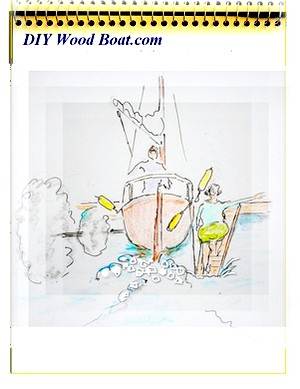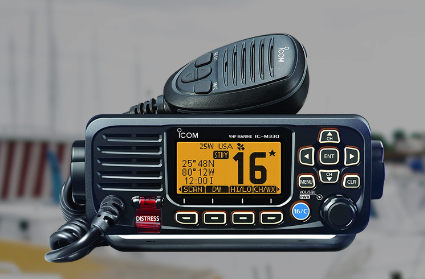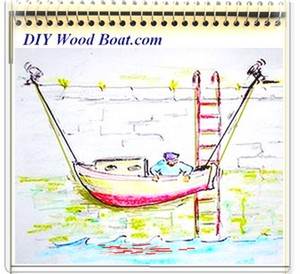- Home
- Your Boats
- Life Jackets
Life jackets ( PFDs) and Safety Harnesses
Life jackets, personal flotation devices, PFDs and or life vests to save you and your loved ones from drowning.
They are designed to give you sufficient buoyancy to remain afloat until rescued.
The most important advice regarding PFDs is simply Wear One.
However, the best defence is not to fall overboard in the first place, which calls for a harness and tether clipped to a jack stay and/or anchor point.
Another good reason for clipping on, is that doing so slows you down and makes you constantly mindful of the risks of going overboard, which in turn, makes you far safer than any gear ever will.
Anyone who has done a ‘man overboard’ exercise will know how difficult it is to keep an eye on or spot a person adrift in the water, especially if there is any kind of a sea running.
If the water is cold then there is a definite threat of suffering from hypothermia.
Thought should also be given to how you would get someone/yourself back on board from the water as quickly and easily as possible using boarding ladders, slings, handy billy, etc.
Even a child wearing waterlogged clothing can be extremely heavy.
Don’t forget that people also fall overboard in calm weather when there doesn’t seem to be any threat, or any need for a lifejacket.
Life jacket design has come a long way from the bulky, ugly, orange life jacket of the past, extra-large armholes, shaped fit, flexible panels, pockets, inflatables and more comfortable materials - make today’s life jackets so much easier to wear and many come with a built in harness.
If you are the skipper, establish rules on board your boat defining when life jackets are to be worn and lead by example.
And as skipper think seriously about how your crew would cope if you were to go overboard, it can happen to any of us.
Children should always wear them, your child is far too precious to take chances with.
affiliate linksHow to Choose
It is worth giving some thought to what
kind of life
jacket is best for
you, your family/crew and the kind of boating you do.
There are laws, regulations and recommends and there are PFDs to suit
every occasion, unfortunately many of us encounter several of these
occasions in the course of our normal boating activities.
Few of us will have several PFDs, one for every occasion and even if we
did, remember to wear the appropriate one for each situation.
Unfortunately there isn’t one type of lifejacket that will fit every
situation for everyone.
So, there are some hard choices to make.
A PFD that inflates automatically when submerged is perfect for a small
child or someone who is unconscious but most people find it difficult
to swim in an inflated lifejacket and very difficult to clamber aboard
a boat while it is inflated.
Most lifejackets are designed to keep you face upward with your head
clear of waves and keep you afloat until rescue comes.
However, if you are conscious, and a reasonably good swimmer, you can
partially deflate the lifejacket so that you can turn onto your stomach
and use your arms to swim, after a fashion.
But don’t forget that if the water is cold hypothermia will very quickly start affecting your control of your fingers, arms and legs.
affiliate linksTypes of Inflation Mechanisms
Manually inflated lifejackets are operated
by pulling a string, which
pushes a firing pin into the CO2 canister, inflating the
lifejacket.
Automatic and hydrostatic lifejackets both have a manual pull string as
back up.
Automatically inflated lifejackets rely on a small pellet or bobbin,
which holds back a powerful spring.
When the pellet makes contact with water it dissolves very rapidly,
releasing the spring, which pushes a firing pin into the gas canister.
Hydrostatic or ‘Hammar’ action lifejackets work the same way, but the pellet is protected by a case that only lets water in once it is a few centimetres below the surface, it won’t fire until fully submerged.
PFDs for Children
Infants and small children are hard to keep floating in a face-up
position, and sometimes protest when wearing a PFD.
As kids get older and more water-savvy they become right at home
onboard, because there are many choices for well-fitting PFDs that
provide stability and buoyancy.
Anyone who has had to pull a child out of the water will appreciate
behind-the-head flotation collars with a grab strap, which should be
standard, along with crotch straps, on vests for smaller kids.
It is a good idea to test the life jacket on your child in a safe environment, such as a pool to familiarize yourself and your child with the PFD’s characteristics.
affiliate linksPFDs for Adults
Type 1, Offshore Life Jackets
These vests are geared for rough, open or remote waters
where rescue
may take a while.
They have the most buoyancy, a bright colour and can turn most
unconscious people face up in the water.
Today’s inflatable life jackets with integrated harnesses provide a
high level of safety with one single product.
Offshore PFDs are now available with Hammar hydrostatic inflators, so they won’t suddenly inflate due to spray, rain or humidity.
Type 2, Near-shore Vests
This type is recommended for powerboats or sailboats in
relatively
calm, warm water, where comfort and freedom of movement are important.
The choices are many, since this is the most popular type of boating,
but demands are not very rigorous.
Owners of small powerboats often choose belted vests, which can be
adjusted for a comfortable fit depending on the conditions, while
sailors will select a more flexible vest or an inflatable.
Small boat sailing requires freedom of movement and flexibility, yet a
good PFD has to fit snugly and hug the upper body.
A good, snug fit is important to prevent the vest to "riding up" when in the water.
For anglers there are ‘fishing vests’ which have pockets that can hold
lure boxes, and other fishing tools.
Type 3, Flotation Aids
These offer freedom of movement and the most comfort for continuous wear but are only suitable for situations where a quick rescue is certain and the wearer remains concious.
Type 4, Throwable Devices
Cushions or ring buoys are designed to be thrown to
someone in trouble
and provide backup to a PFD.
They are not for nonswimmers, rough waters or the unconscious.
affiliate links
Sizing
Sizes can vary by PFD brand and model, so
check to find the right size
for you.
Children’s sizes are usually based on their weight.
Adult’s sizes are based on chest size.
Women's PFDs may offer a better fit thanks to princess seams, contoured
cups, etc.
A PFD should be snug and fit like a glove, yet allow you to move freely and not chafe while paddling and playing.
BooksFitting
- Loosen all the straps and then put the PFD on.
- Start at the waist and tighten all the straps.
- If it has shoulder straps, tighten them last.
- It should feel snug but not uncomfortable.
- Next, have someone pull up on the PFD shoulders, if it moves up past your nose or head, try tightening the straps, if it still moves up, the PFD is too large.
- Check your movements to make sure it is comfortable and will not chafe.
- If possible, test your PFD in a pool or shallow water to see how it works, it should not ride up or slip over your chin while floating.
Life Jacket Care
- Don't use a PFD as a cushion, kneeling pad or boat bumper. It will lose buoyancy.
- Do not put heavy items in the pockets.
- Be careful to not put objects in the pockets that could puncture.
- Don't leave the PFD lying in the sunshine for long periods.
- Rinse with fresh water after use, especially after being in salt water.
- Drip-dry before storing.
- Don't use harsh detergents or dry clean a PFD.
- Drying it in a dryer or direct heat can destroy its buoyancy.
- Don't store it in sunlight—UV rays can damage the fabric.
- Store in a cool, dry, dark place where there is good ventilation.
Every Month
Check the gas cylinder is tightly screwed in, the CO2 cylinders can work loose.
Every 3 Months
Check the gas cylinder for corrosion, rusty cylinders should be
replaced.
Check the webbing and the stitching that holds the webbing together.
Check zips, buckles and other fastenings.
Every 6 Months
Check for leaks, inflate the life jacket manually with a hand pump (use a hand pump to prevent moisture build-up inside the lifejacket).
Leave it inflated for 24 hours to ensure there are no leaks or damage.
Repack the life jacket according to the manufacturer's folding instructions.



